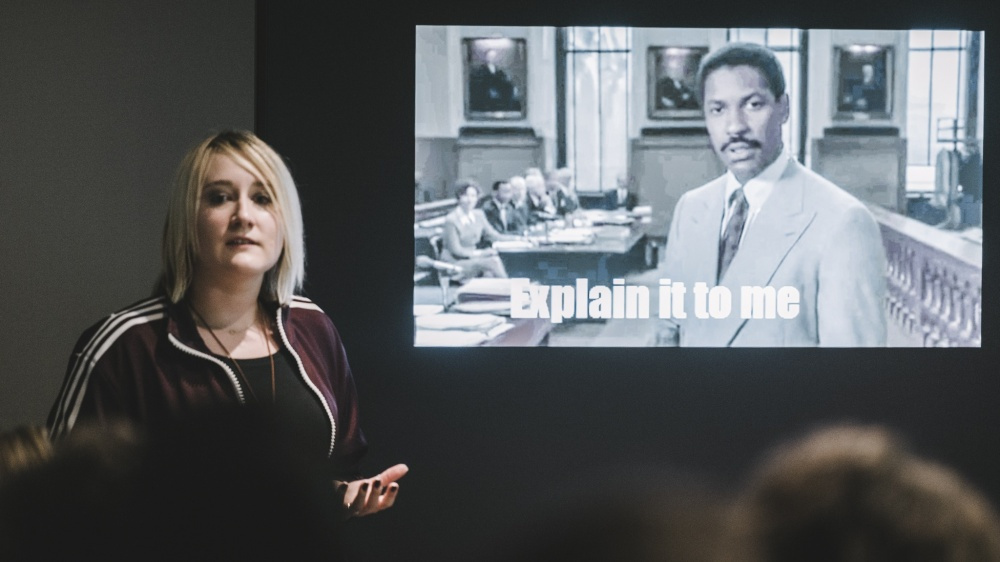
Marta Frączek
The 9th of the Papaya Young Creators competition has kicked off, and we’ll soon be picking the best ideas submitted in very different categories. In the first round, a dedicated jury will be making decisions based on the submitted treatment.
To help you avoid making the most common mistakes that plague treatment writers, here’s Marta Frączek, the Creative Head of Papaya Originals and head of the Branded Stories category. Marta has read over 3,000 director's treatments, that’s over 10,000 pages. That’s a lot of text. A lot. In pre-COVID times, Marta was also famous for her “How to Write an Explication” workshops, which drew considerable interest year after year. Read below for Marta’s advice for prospective contestants.
What’s a treatment?
The treatment is essential to the competition and its quality will determine whether you will advance to the next round and continue working on your idea. Sometimes, even the best concept is simply not enough. Everything depends on how it’s fleshed out in the director's treatment.
How do you write a good treatment?
- Start by reading through all the briefs and category rules—this will help you select the area in which your story and your skillset will fit best. The treatment is designed to help you take a broader view of things and remember elements essential from a production standpoint (such as the feasibility of your assumptions).
- Each category will require a slightly different approach because they all abide by different rules. Your description of the idea might have to be altered so as to not make your category choice seem incidental.
- Be careful with your descriptions and make the world you’re creating consistent and plausible, even if it’s not supposed to be a hundred percent realistic; this also applies to visual references or moodfilms you end up picking.
- Try to avoid framing the task ahead of you as simply producing a commercial or a music video—instead, try to tell an important/interesting/surprising/different story and then pick the right means to do just that.
- Give yourself some time to polish the idea up, don’t put it off until the last minute.
- Try to think about whether your idea is viable from a production standpoint—remember you won’t be dealing with Hollywood budgets.
- Make sure that the story you want to tell fits the timeframe you’ll be dealing with—that shows good directorial intuition and control over your idea.
- Take a couple of runs through your own writing and have others read it too—holes in your logic or chaotic writing might make it difficult for others (including the jurors) to grasp your vision.
How do you write a remarkable explication?
- Avoid being formulaic and relying on easy associations. Look for something that the industry hasn’t seen yet: in your script, your visual storytelling style, the formal devices you go with, your music, lighting, or your imagination.
- Don’t be afraid of drawing on different genres or even mixing them up.
- Play with your chronologies, symbols, color, and casting—all of the constituents making your film are to some extent flexible and can be the source of that something that gets you noticed.
- Go with your own point of view, and shake up the emotional landscapes of your audience.
- Remember how time works and the constraints the short form places on the clarity of your logic, your emotions, and the relationship between content and form.
- And have lots of fun doing it!
